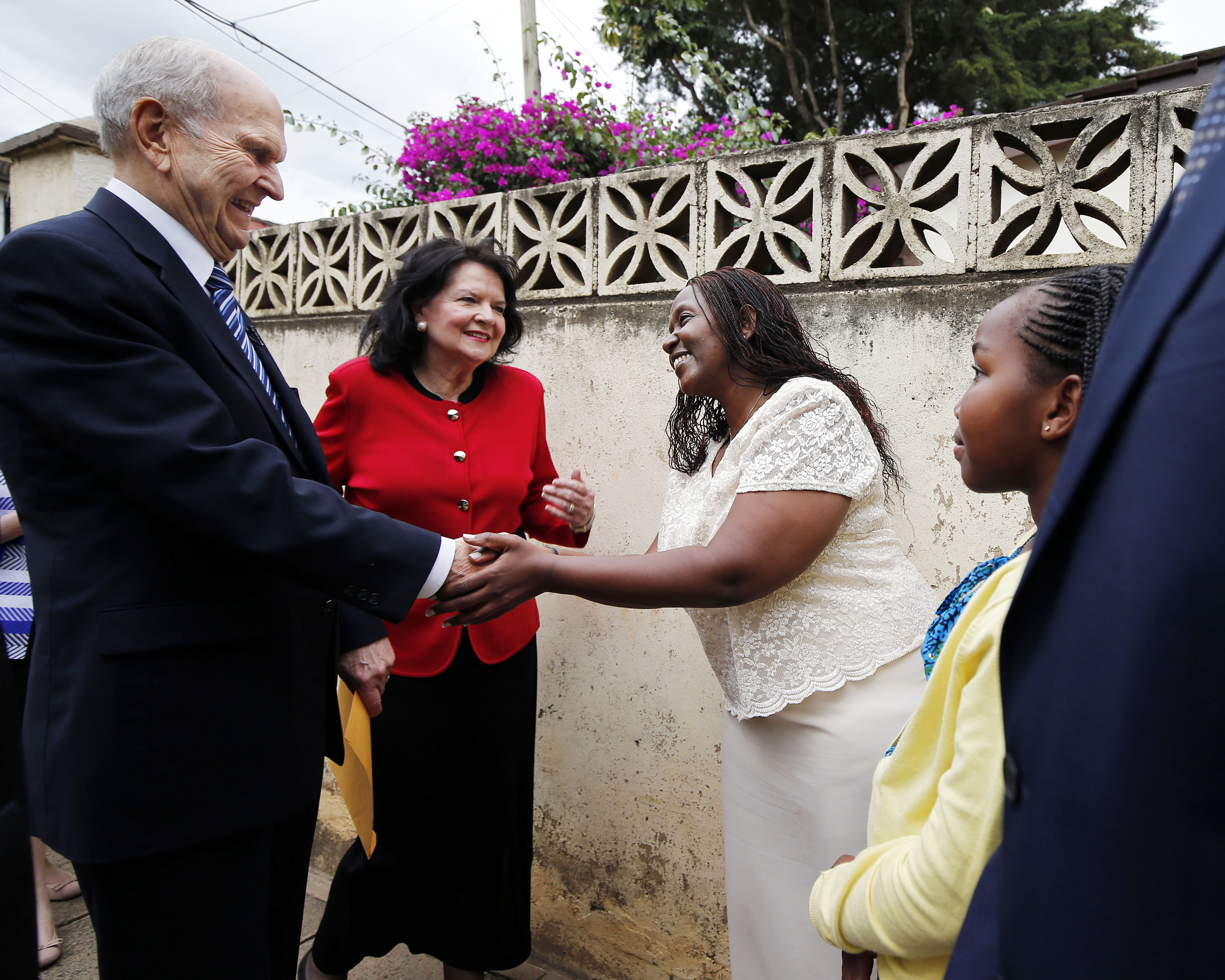
The origins of the LDS Church’s 19th-century stance on race were never clear. But today, the church’s emphasis on racial inclusion are the focus of an upcoming celebration.
The Church of Jesus Christ of Latter-day Saints will sponsor an event on June 1 celebrating the 40th anniversary of the church’s 1978 revelation on the priesthood. The celebration, themed “Be One,” will reaffirm the church’s belief that “all are alike unto God.”
The event will feature an address from the First Presidency as well as music from Gladys Knight, the Saints Unified Voices, Alex Boyé, the Unity Gospel Choir International and members of the Mormon Tabernacle Choir. Stories of faith from church members will also be showcased at the event.
“We need to embrace God’s children compassionately and eliminate any prejudice, including racism, sexism, and nationalism. Let it be said that we truly believe the blessings of the restored gospel of Jesus Christ are for every child of God,” President M. Russell Ballard previously said in his October 2017 General Conference address.
The 1978 revelation on the priesthood rescinded a previous directive that black Mormons were banned from receiving the priesthood. On June 8, 1978, the First Presidency announced that all worthy male members could receive the priesthood.
“All worthy male members of the Church may be ordained to the priesthood without regard for race or color,” President Spencer W. Kimball said in a letter to church members. He rushed missionaries to West Africa and then made a personal visit. Former church President Gordon B. Hinckley visited church members in Africa some years later; current church President Russell M. Nelson just returned from a world tour that had visits in Africa as a key element.
The day after the 1978 announcement, The Universe released an “extra” edition following President Kimball’s announcement reporting on various on and off-campus reactions to the revelation. Some of the headlines included “God reveals new policy to LDS Prophet,” “Campus reaction mostly favorable to black priesthood announcement,” “Mormon Choir member receives news with tears,” “Local NAACP head lauds LDS change,” and “Mormon dissidents react to new policy.”
The 1978 announcement has been celebrated in the church ever since.
The “Be One” event follows a joint press conference Thursday, May 17, where the LDS First Presidency and NAACP announced their shared belief in civility and ethnic harmony, as well as their mutual respect for one another.
The “what” of the 19th century policy on race is clearer than the “why.” Although a few black church members were ordained to the priesthood in the church’s early years, LDS president and then-Utah territorial governor Brigham Young declared in 1852 that men of “black African descent” would be barred from receiving priesthood power. Black Mormons were also unable to enter temples.
On its website, the LDS Church cites strong racial division and the institution of slavery at the time as the setting of Brigham Young’s position at the time. In addition to being barred from the priesthood, black members were also banned from performing temple work and receiving ordinances.
Despite the church’s restrictions on black members, slavery was abolished in Utah soon after Young’s announcement. The church also notes it has never had a history of segregating congregations, and that church founder Joseph Smith openly opposed slavery.




